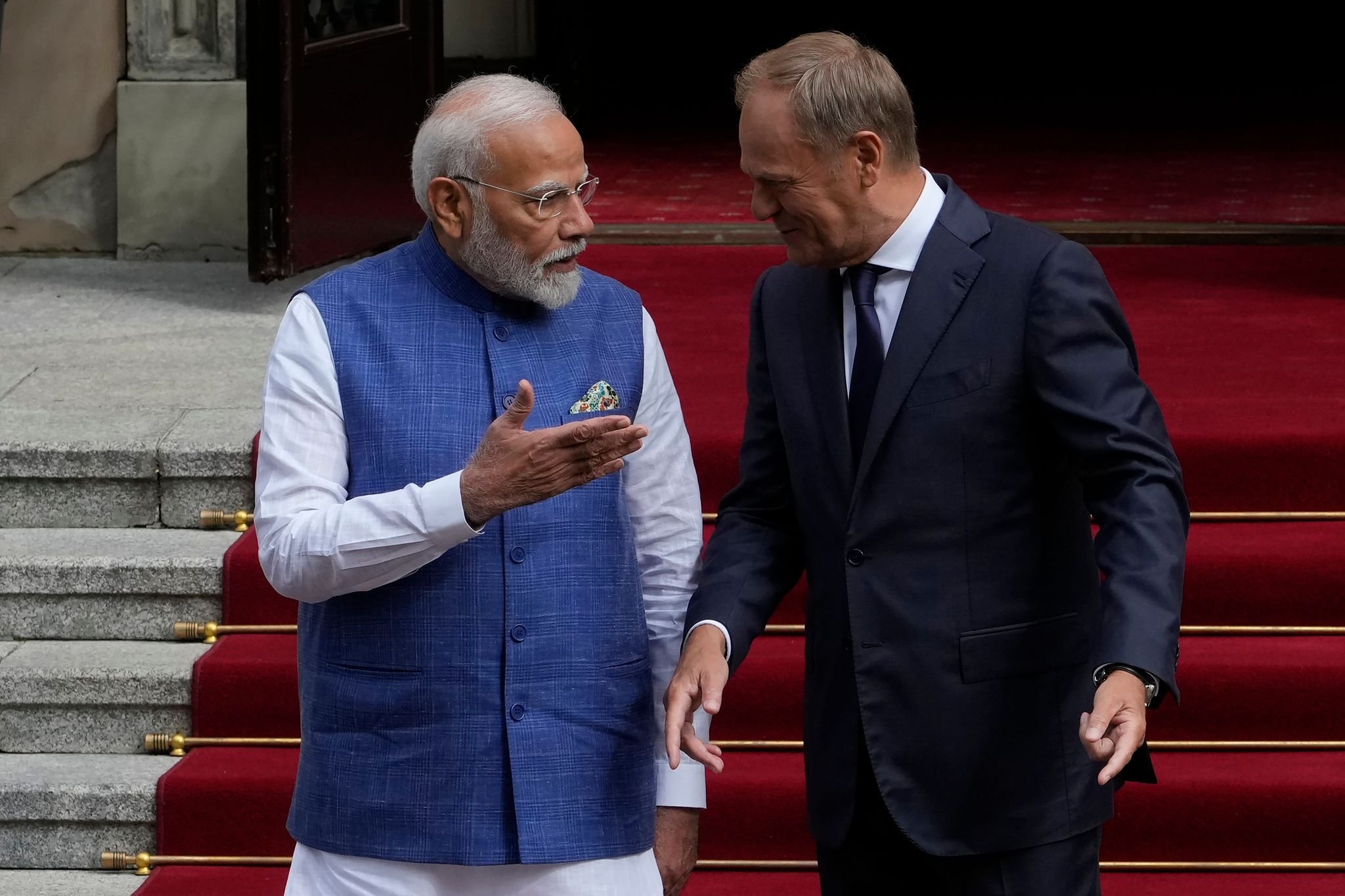It is always difficult to understand that the fate of so many depends on so few. In this case, Chinese Defense Minister Li Shangfu and his Indian counterpart Rajnath Singh. The two met over the weekend as part of the Shanghai Cooperation Organization (SCO) in Delhi. It was the first meeting between the two defense ministers since September 2020, which is unusual given that relations between the world’s two most populous countries have deteriorated since then. And there has been a stalemate in one of the world’s most dangerous border conflicts today.
Singh on Thursday accused Beijing of “undermining the entire basis of bilateral relations” by violating the agreement. He then met with Li Shangfu to “talk publicly about developments in the Indo-China border region,” the Indian Ministry of Defense said afterward. 100,000 troops from the two countries have been fighting each other on every side of the Line of Actual Control (LAC) in the Himalayas for more than two years. That’s more than the entire Bundeswehr.
The LAC is an approximate demarcation line that remained when Britain withdrew from the territory in 1947. It is about 3800 kilometers long and runs in the mountains from western Ladakh to the Indian state of Arunachal Pradesh, which China claims in its entirety. Days before Li’s visit to the SCO in Delhi, high-ranking Indian and Chinese army commanders met for the 18th round of talks to agree on troop withdrawal from the tension area. These rounds have been held since the first death in a clash between the two nuclear powers since 1975. So far they have been unsuccessful.
The aggression came from Beijing
At least 20 Indian soldiers and four Chinese soldiers were killed in the Galwan Valley in 2020. In another clash in January 2021, soldiers from both sides were injured. It happened near the Indian state of Sikkim, which lies between Bhutan and Nepal. Last December, troops clashed for the first time in more than a year, this time near Tawang in Arunachal Pradesh, India’s easternmost tip.
It looked like an attempt by Beijing to seize the tactically important field on the Yangtze ridge, perhaps to cut off the supply routes of Indian units at nearby outposts. A Chinese border village was recently established to create a local presence. Tawang is a special place, home to the largest Buddhist monastery outside of Lhasa in Chinese-occupied Tibet. China may want to claim this place for itself as it is very important for the reincarnation of the Dalai Lama and thus for the future of Tibet. After all, the aggression came from Beijing.
Delhi is as passive as possible in this conflict. India’s political goal appears to be to exert international pressure on Beijing to stop its provocative behavior at the border. Indian External Affairs Minister Jaishankar said that “the state of the borders will determine the state of relations”. But so far, China’s behavior on the border has not changed significantly.
China is India’s biggest trading partner
Beijing, on the other hand, is trying to mend damaged ties with Delhi by stressing a shared position on the war in Ukraine and stressing the economic potential of the relationship. China is India’s biggest trading partner. At least last fall, Indian Prime Minister Narendra Modi and Chinese President Xi Jinping shook hands at the G-20 summit in Bali. An escalating conflict would be detrimental to both giants.
The fact that Li Shangfu and Rajnath Singh have now sat as part of the SOC defense ministers meeting is at least a step forward. The last meeting between the two took place on the sidelines of the SCO meeting in Moscow. The world has changed since then. India’s importance as a non-aligned nation is growing, but so is the SCO body itself.
Apart from China and India, the SCO comprises Pakistan, Russia, Kazakhstan, Kyrgyzstan, Tajikistan and Uzbekistan. Beijing’s “Belt and Road Initiative” is taking place in many of these countries. India is the only major power that can do anything to counter China in the region. And Moscow is considered a serious discussion partner in this round.
After the meeting there was a statement from the Indian government. Singh told Li that “the development of India-China relations is based on peace and tranquility on the border” and all border issues must be resolved according to existing agreements and commitments. There was no comment from the Chinese side.

“Subtly charming web junkie. Unapologetic bacon lover. Introvert. Typical foodaholic. Twitter specialist. Professional travel fanatic.”







